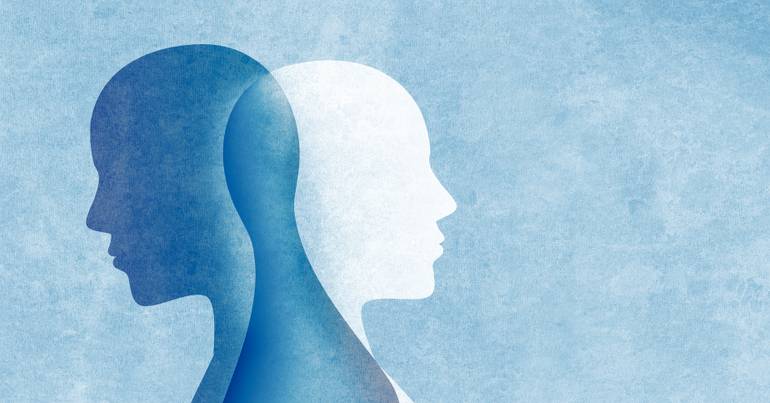

In today’s world, emotions and identity often weave together in complex patterns, shaping our perception of life’s challenges and our responses to them. This article explores the concept of passive-aggressiveness and how a significant health setback can lead one on a journey of personal understanding and recovery.
Let’s begin by delving into the quiet currents of emotion that flow beneath our interactions: passive-aggressiveness. This behavioral pattern is characterized by indirect expressions of negative feelings, where the outward behavior may conflict with internal emotions. Common manifestations include smiling while harboring frustration, or offering an insincere compliment when envy is lurking beneath. According to studies, such behavior may emerge as a defense mechanism, shielding individuals from direct confrontations in challenging situations.
At times, these emotions reside deeply, hidden by the necessity of maintaining social harmony or personal well-being. However, these silent signals can impact personal relationships, work dynamics, and self-awareness if unaddressed. Understanding these behaviors requires patience and a mindful approach, helping individuals navigate their emotions without yielding to negative expressions. The journey toward recognizing and addressing passive-aggressiveness involves cultivating empathy, self-reflection, and honest communication.
Turning to another profound aspect of life, personal identity and resilience, the story of Frederico Sacramento serves as a beacon of hope and insight. Frederico’s life took an unexpected turn during a sporting event when he suffered a heart attack. In the ensuing months, he grappled with an identity crisis, feeling lost and vulnerable. This pivotal moment became a turning point, where the journey of rehabilitation did more than restore his physical health—it rekindled his love for life and the sport he cherished.
The road to recovery, although challenging, taught Frederico the importance of patience and allowed him to redefine his sense of self. Through cardiac rehabilitation, not only did he regain his health and start running again, but he also found new perspectives and a deepened appreciation for life’s fragility and resilience. In the face of adversity, Frederico’s story highlights the profound potential for growth and transformation.
When we bring these narratives together, we see the intricate dance between our emotions and our experiences, each shaping the other in subtle yet powerful ways. Whether dealing with the nuances of passive-aggressive behavior or embarking on a journey of recovery after a life-altering incident, the common thread lies in understanding, acceptance, and the gentle unfolding of our inner worlds.
In conclusion, a mindful exploration of our emotional landscapes can provide clarity and strength. Through empathy and self-discovery, individuals can create harmonious relationships and resilient identities. By acknowledging our emotional undercurrents and embracing the changes life presents, we can embark on a path of personal growth that leads to a deeper understanding of ourselves and the world around us.
Source: {link}
